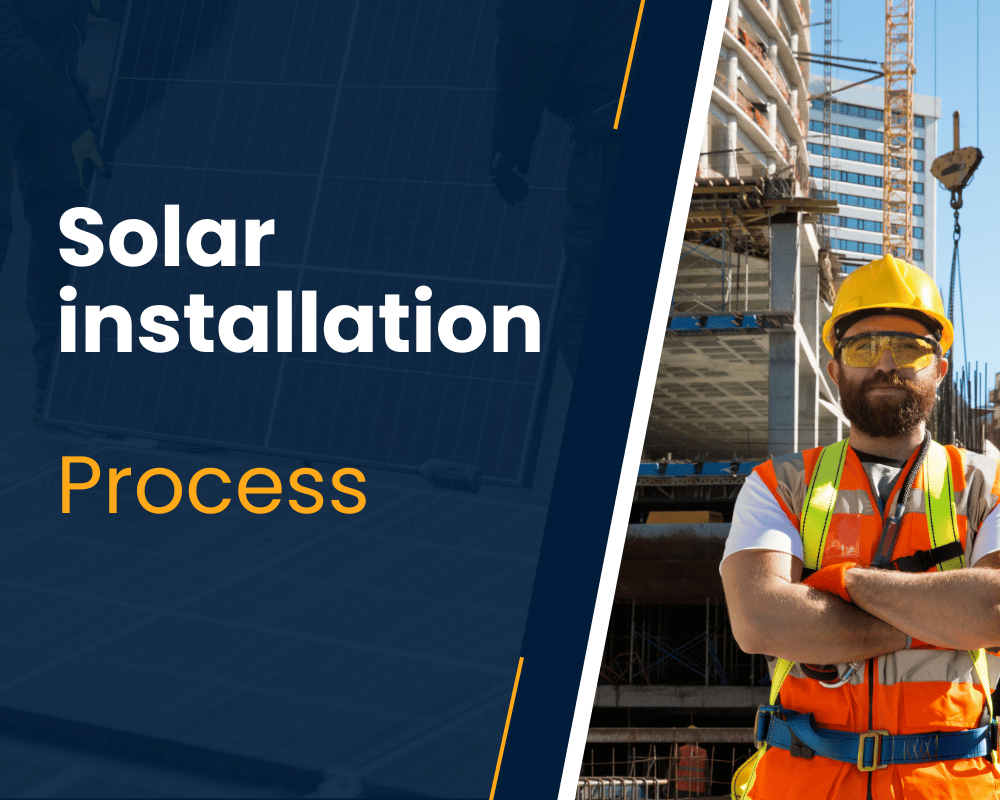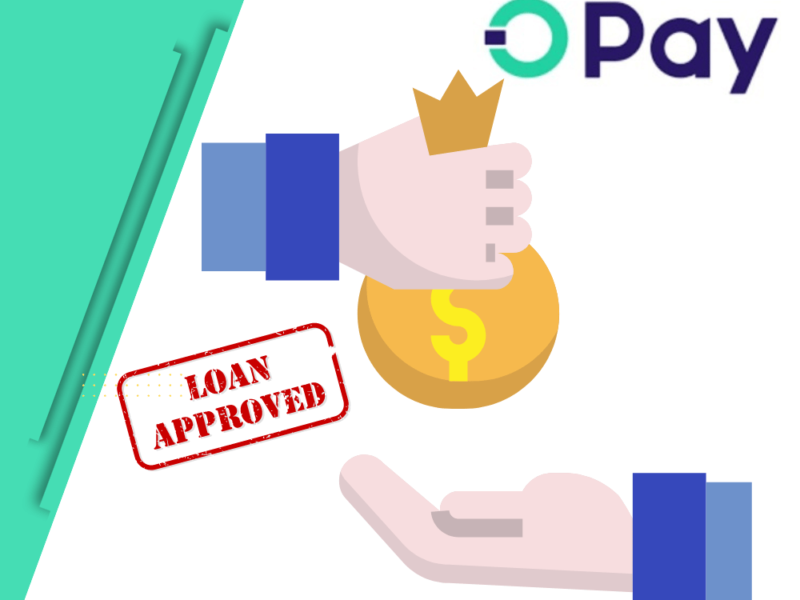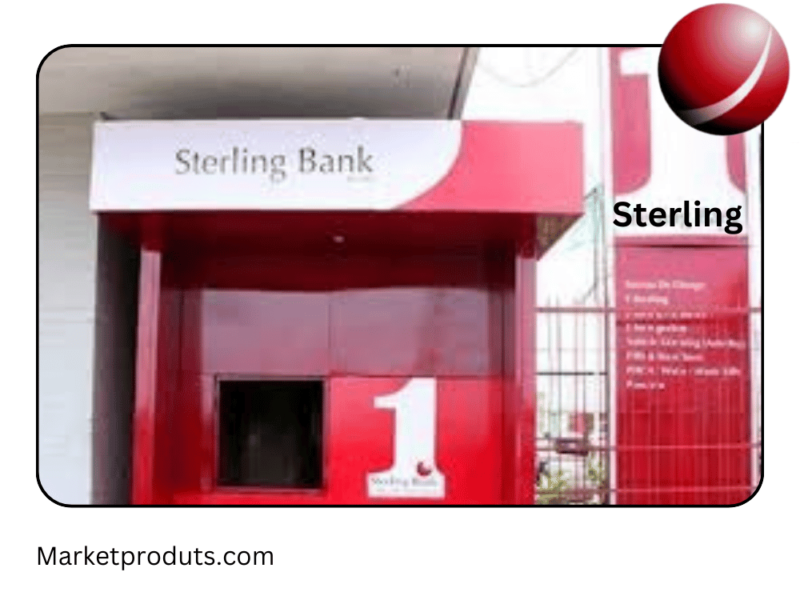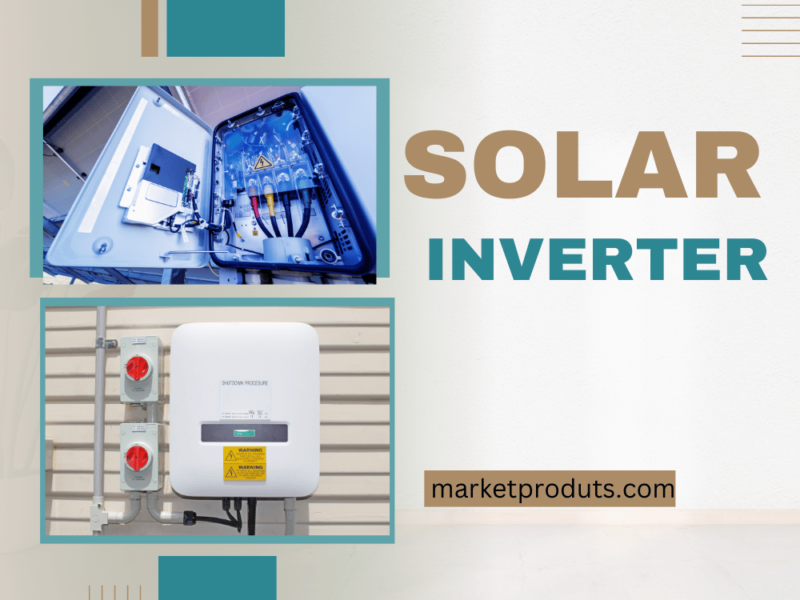In recent years, Nigeria has experienced an upsurge in the adoption of solar energy as a sustainable and cost-effective alternative to the unreliable national grid. With frequent power outages and rising fuel costs, more Nigerians are turning to solar energy to power their homes and businesses. This article explores everything you need to know about solar installation and maintenance in Nigeria, including the benefits, types of solar systems, installation steps, and tips for maintaining your solar system to ensure its longevity and efficiency.
Read More: How To install solar panel on a roof: Step by step guide.
Why Choose Solar Energy in Nigeria?
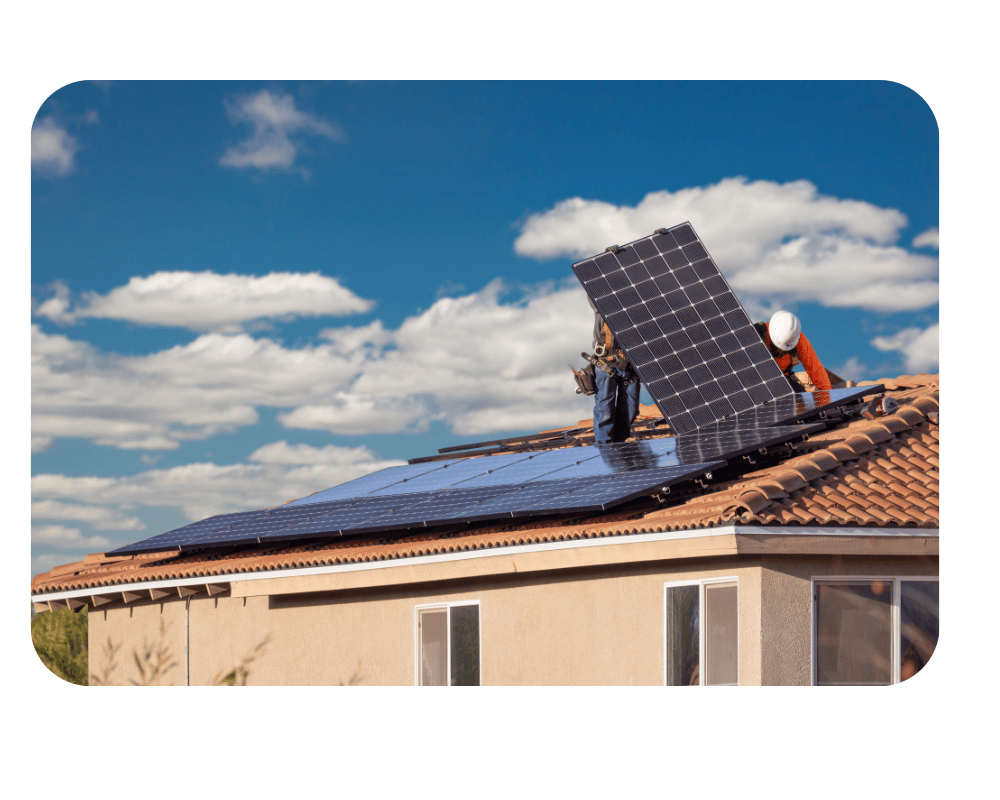
Nigeria, blessed with abundant sunlight, is a prime location for harnessing solar energy. The advantages of using solar energy are numerous:
- Reliability: Unlike the erratic power supply from the national grid, solar energy provides a reliable source of electricity.
- Cost-Effectiveness: Although the initial cost of solar installation might seem high, the long-term savings on electricity bills and reduced dependency on fuel generators make it an economically sound investment.
- Environmentally Friendly: Solar energy is a clean and renewable source of energy that reduces carbon footprints and helps combat climate change.
- Energy Independence: With a solar power system, homeowners and businesses can enjoy greater independence from the often unreliable national grid.
Types of Solar Systems
When considering solar installation in Nigeria, it’s essential to understand the types of solar systems available. Each type has its own advantages, and the choice depends on individual energy needs and budget.
1. Off-Grid Solar Systems
Off-grid solar systems are independent power systems that do not rely on the national grid. They are perfect for rural areas with no grid connection or locations with frequent power outages. An off-grid system typically consists of solar panels, a charge controller, batteries, and an inverter. The solar panels generate electricity that is stored in batteries for later use. This setup ensures a constant supply of power even when the sun is not shining.
2. Grid-Tied Solar Systems
Grid-tied solar systems are connected to the national grid. They generate electricity from solar panels, and any excess energy can be fed back to the grid. This setup reduces electricity bills because users only pay for the net amount of electricity they consume. However, grid-tied systems do not provide backup power during grid outages, making them less suitable in areas with frequent power cuts.
3. Hybrid Solar Systems
Hybrid solar systems combine the benefits of both off-grid and grid-tied systems. They are connected to the national grid but also have battery storage. This setup provides backup power during outages and allows users to feed excess electricity back to the grid. Hybrid systems are ideal for Nigerian households and businesses looking for a reliable and cost-effective energy solution.
Read more: How To install solar panel and inverter
Steps to Solar Installation in Nigeria
Installing a solar power system involves several crucial steps to ensure efficiency and longevity. Here is a step-by-step guide to help you understand the process:
1. Energy Assessment and Site Evaluation
Before installing a solar system, it is essential to conduct an energy assessment to determine the electricity needs of your home or business. This involves analyzing your daily energy consumption and identifying the most suitable location for the solar panels. Ideally, solar panels should be placed on a roof or an open space with direct access to sunlight for most of the day.
2. Choosing the Right Solar Equipment
Selecting the appropriate solar equipment is vital to the success of your solar installation. The primary components of a solar power system include solar panels, inverters, batteries, and mounting systems. When choosing equipment, consider factors like efficiency, durability, warranty, and cost. Reputable brands and certified installers will help you select the best equipment for your needs.
3. Designing the Solar System
The design of your solar system will depend on the energy assessment and the type of system chosen (off-grid, grid-tied, or hybrid). A well-designed system will maximize energy production and efficiency while minimizing costs. Professional solar installers use specialized software to design the system layout, calculate energy output, and ensure that all components work together seamlessly.
4. Installation of Solar Panels and Components
The installation process involves mounting the solar panels on the roof or designated area and connecting them to the inverter and battery bank (if applicable). This step requires the expertise of certified solar installers to ensure safety, efficiency, and compliance with local regulations. The installation process may take a few days, depending on the system’s size and complexity.
5. System Testing and Commissioning
After installation, the solar system undergoes thorough testing to ensure it functions correctly. The installer will check for any faults, test the connections, and measure the energy output to ensure it meets the expected levels. Once the system passes all tests, it is commissioned and ready for use.
Solar Maintenance: Keeping Your System Running Efficiently
Regular maintenance is crucial to keeping your solar power system running efficiently and extending its lifespan. Here are some essential tips for maintaining your solar system:
1. Regular Cleaning of Solar Panels
Dust, dirt, and debris can accumulate on the surface of solar panels, reducing their efficiency. In Nigeria, where dust from the Harmattan season is common, regular cleaning is essential. Use a soft cloth, water, and mild soap to clean the panels, or hire a professional cleaning service to avoid damaging the panels.
2. Monitoring System Performance
Most modern solar systems come with monitoring tools that allow you to track energy production and consumption in real-time. Regular monitoring helps detect any drop in performance or potential issues early on. If you notice a significant decrease in energy output, contact a professional to diagnose and fix the problem.
3. Inspecting Electrical Components and Connections
Routine inspection of electrical components, such as inverters, batteries, and wiring, is essential to prevent faults and ensure safety. Check for signs of wear, corrosion, or damage and replace any faulty components immediately. Regular maintenance checks by a certified technician will help identify potential problems before they escalate.
4. Battery Maintenance (For Off-Grid and Hybrid Systems)
If your solar system uses batteries, proper maintenance is crucial for optimal performance and longevity. Ensure that batteries are stored in a cool, well-ventilated area and regularly check for signs of corrosion or leakage. Follow the manufacturer’s guidelines for charging and discharging to prevent overcharging or deep discharging, which can damage the batteries.
5. Professional Maintenance and Servicing
While some maintenance tasks can be handled by the homeowner, it’s advisable to schedule regular professional maintenance and servicing. Certified solar technicians have the expertise to perform comprehensive checks, diagnose issues, and provide necessary repairs or replacements. Regular servicing will keep your solar system running efficiently and extend its lifespan.
Cost of Solar Installation and Maintenance in Nigeria

The cost of solar installation in Nigeria varies based on several factors, including the type of system, size, quality of components, and installation complexity. On average, a basic solar power system for a small household can range from ₦300,000 to ₦1,500,000, while larger systems for businesses may cost several million Naira.
Maintenance costs are generally low compared to other power sources, especially with regular servicing and proper care. Investing in high-quality components and professional installation may result in higher initial costs but will significantly reduce long-term maintenance expenses and improve system efficiency.
Government Incentives and Support for Solar Energy in Nigeria
The Nigerian government has recognized the potential of solar energy in bridging the electricity gap and is promoting its adoption through various incentives and policies. Some of these include:
- Tax Incentives: Waivers and reductions on import duties for solar equipment.
- Grants and Loans: Access to low-interest loans and grants for renewable energy projects.
- Net Metering and Feed-in Tariffs: Policies that allow homeowners and businesses to sell excess solar energy back to the grid.
These incentives make solar installation more affordable and accessible to Nigerians, encouraging the transition to clean energy.
Conclusion
Solar energy presents a viable solution to Nigeria’s power challenges, offering reliability, cost-effectiveness, and environmental benefits. By understanding the types of solar systems, the installation process, and the importance of regular maintenance, Nigerians can make informed decisions about adopting solar energy for their homes and businesses. Investing in solar power is not just a step toward energy independence but also a contribution to a more sustainable future for Nigeria.
As more Nigerians embrace solar energy, it is crucial to stay informed about the latest trends, technologies, and best practices in solar installation and maintenance. This knowledge will ensure that your solar system remains efficient, reliable, and cost-effective for years to come.
